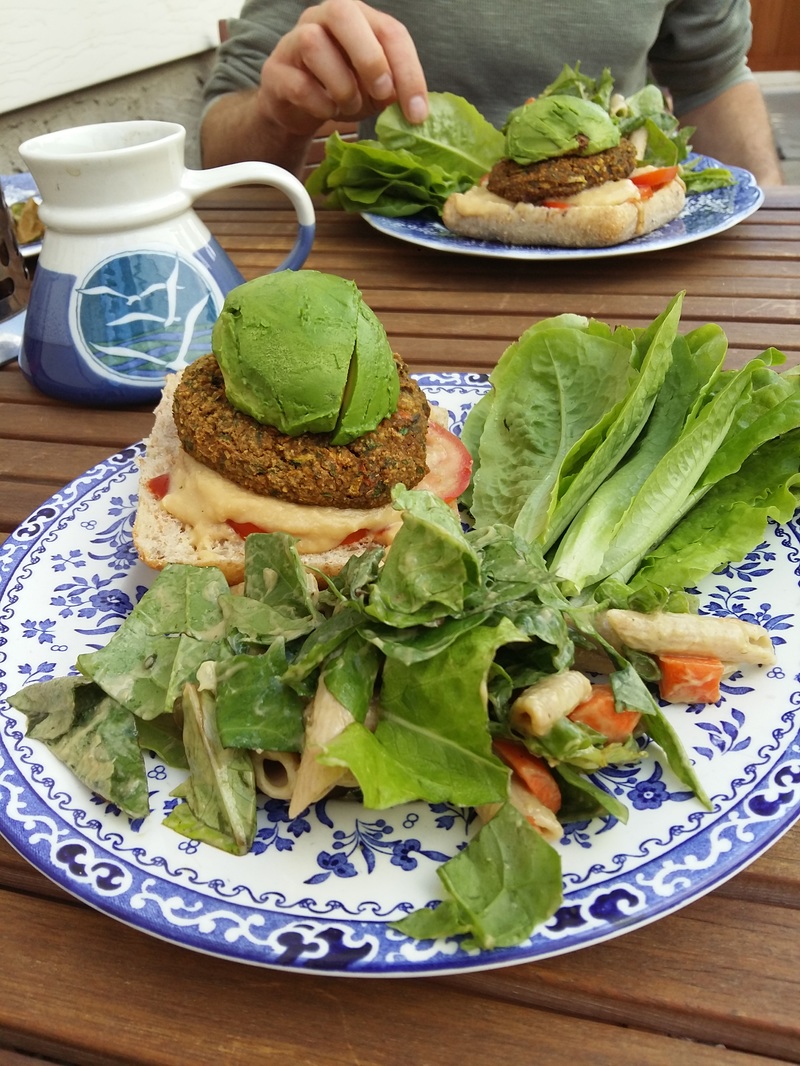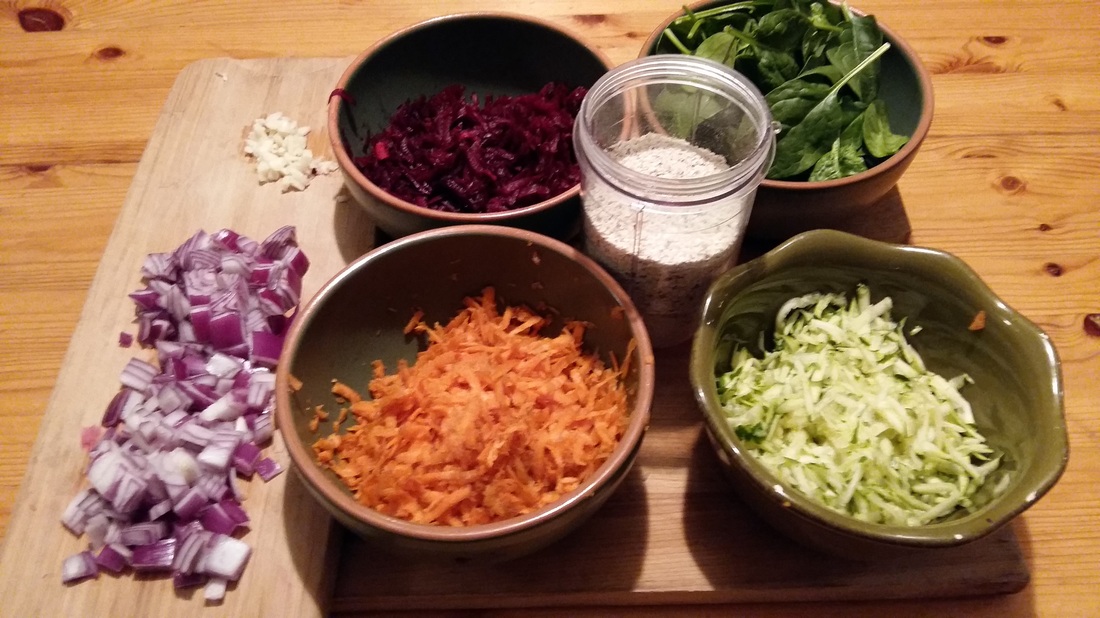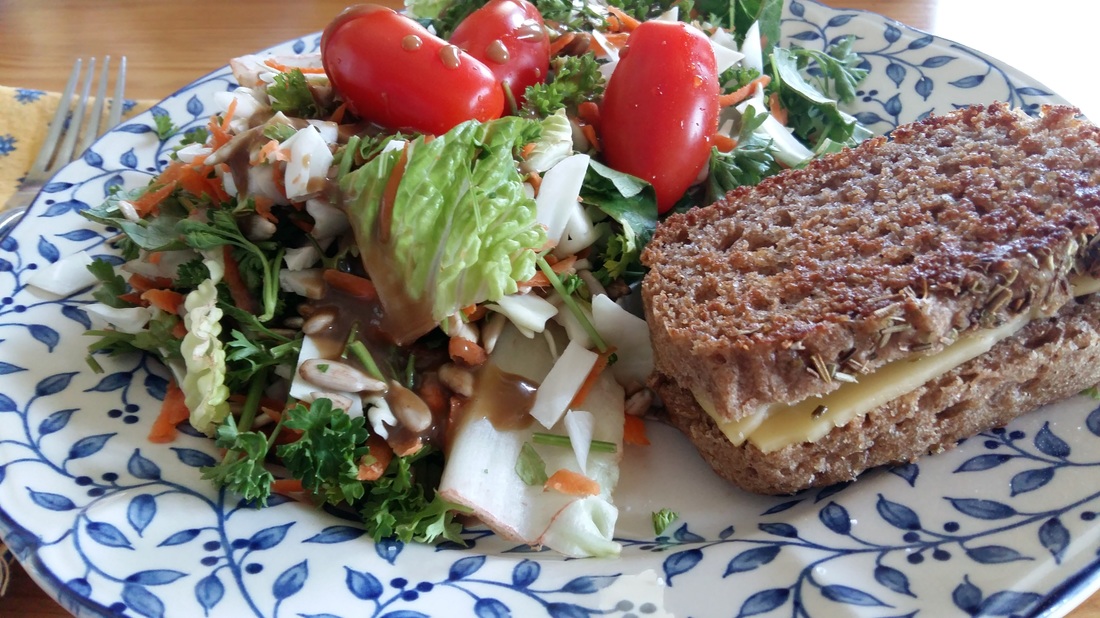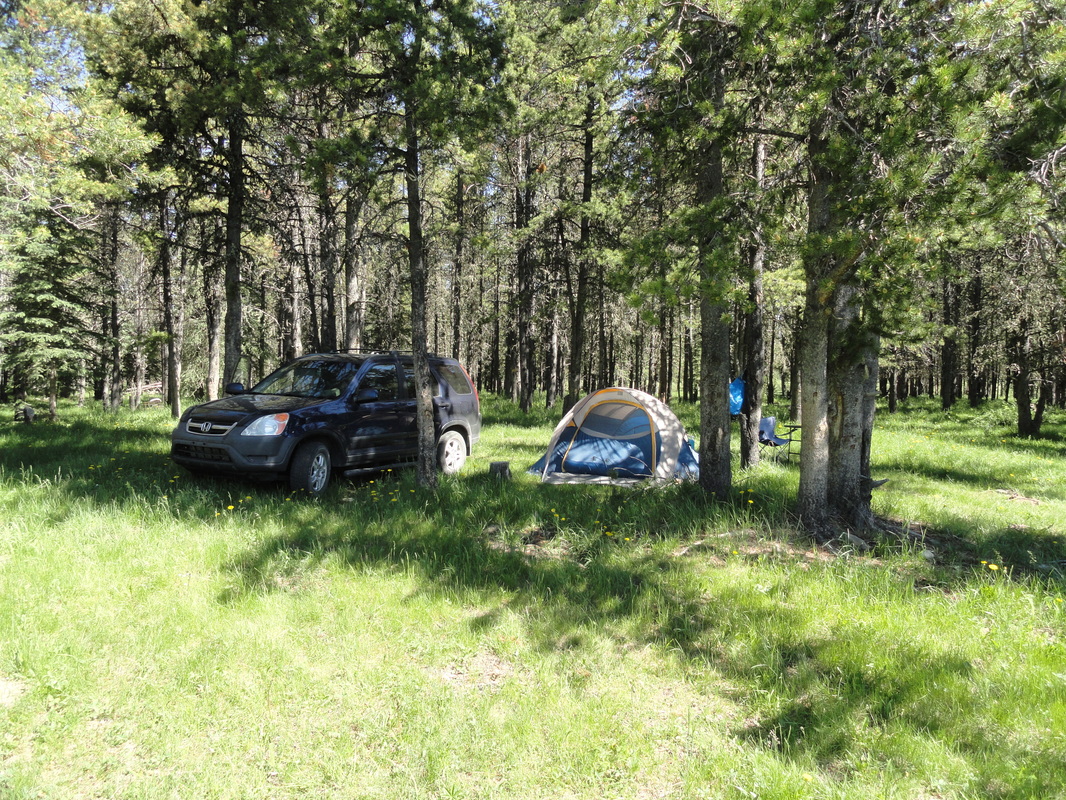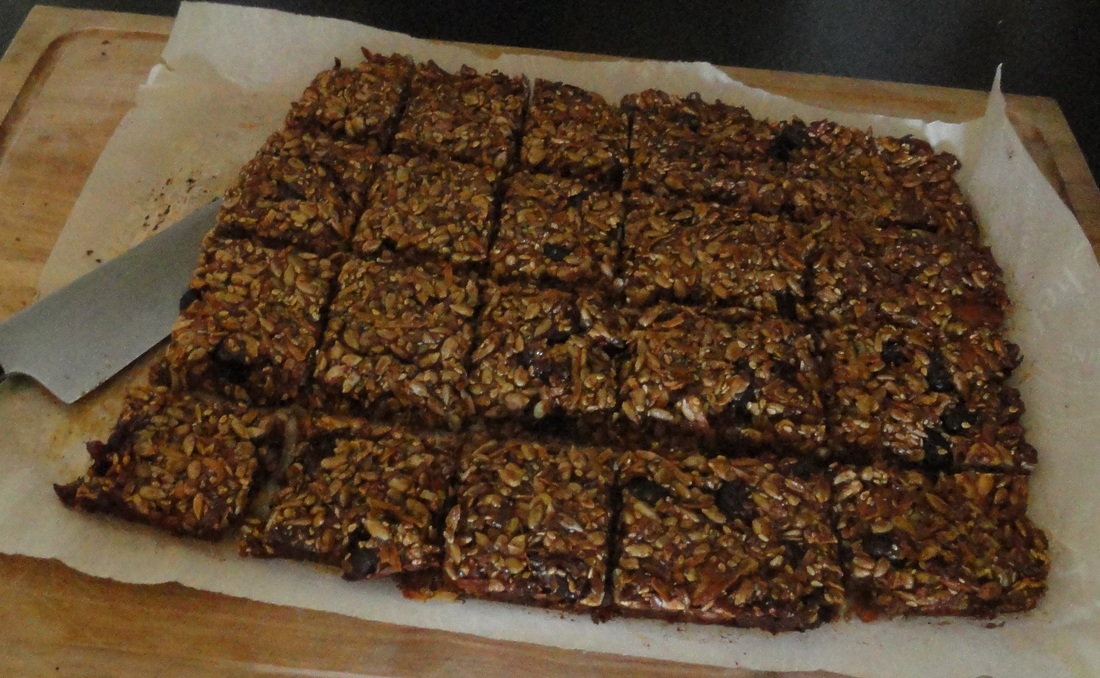Health Canada recommends that as adults we should eat 7-10 servings of fruits and vegetables per day. I chat with clients everyday that know these recommendations but have no idea what a serving actually looks like, when I show them that most harder veggies and fruits = 1/2 cup per serving and leafy or light veggies are 1 cup per serving, it seems easy enough, right?
Not so right, when trying to eat healthy and opt for more fruits and veggies, the last thing you need is to be discouraged by having to count every serving! Instead opt for the Half your plate guideline! Easier to satisfy, usually opting for healthier, fresher choices, whether cooked or not.
Studies show that while Canada’s Food Guide recommends that adult females consume 7-8 servings and adult males 8-10, Canadian females are only eating 4.3 servings and male only 3.5 servings. These stats have also been on the decline since 2009. (1)
So why is it so important to get all of your serving in every day?
More and more research is indicating the direct link between NCD (non communicable diseases) like Atherosclerosis, Type 2 diabetes, strokes, obesity, and cancers, with poor nutrition.
We've all heard of phytonutrients, but what exactly what are they and how do they impress on our overall health?
Phytonutrient is a broad name for a spectrum of chemical compounds found in the plant world. These compounds have varying beneficial effect on human health and more and more of them are studies for their benefits each year.
Some common names of these compounds are polyphenols, carotenoids, flavones, isoflavones, flavonoids, catechins, anthocyanidins, antioxidants, and so many more.
Many phytochemicals act as antioxidants in the body helping to protect cells from oxidative stress and damage. Other Phytochemicals are involved in many aspects to the metabolic pathways that regulate our body's functions. Research has indicated that some of these compounds help prevent bacteria for sticking to where it shouldn't be and also help to prevent blood cells from clumping together. Other phytochemicals help reduce inflammation in the walls of arteries. They also help us in our detoxification of man made chemicals, which is so important in our modern culture. Others have been studies in the association to the reduction or elimination of cancer cells.
Just like other nutrients, these phytochemicals have differents rates of bioavailability and storage. Carotenoids are a fat soluble nutrient like vitamins A, D, E, and K, that can be stored in the body.
Another Phytonutrient, Flavonoids, are more water soluble and less likely to be stored in significant quantities in the body thus needing to be taken in on a regular basis.
The safest way to get any of the nutrients is by eating a well balanced, whole foods diet. Whole food, phytonutrient compounds are known to have a synergistic effect with vitamins and minerals that supplements alone just can not offer.
Without these phytonutrients our mitochondria (the workhorses of the cell) may suffer and work inefficiently making the metabolic pathways (enzymatic reactions of the body) of detoxification and growth, slow and stunted. Over time, larger body systems feel the effect and with insufficient nutrient, do not perform optimally, where disease may start to appear.
Adapting to the idea of half your plate might be easier to digest that the 7-10 recommended serving, creating healthy lifestyles with food and not just stagnant dietary guidelines, because no one wants to be on, or follow a diet, we just want to eat and be happy!
Colour may be a good indicator but not exclusive of phytonutrient. My rule of thumb is eat the rainbow. Incorporate as many colours as possible in your weekly vegetable buy. This should give you a wide range of nutrients without having to know any particular one by memory. Also try to find something new that you haven't tried before. I find a lot of folks get stuck in the carrots, cauliflower , and broccoli bunch, and while these are healthy, widening the variety will widen the nutritional spectrum.
I have other clients ask whether it is better to eat all your veggies raw, and to some degree fresh is best but I have another easier answer that cooking this, or eating that raw.... 50/50. 1/2 should be raw, 1/2 should be gently cooked. The bioavailability in a lot of veggies actually increase when cooked. For example lycopene is more readily absorbed when tomatoes are cooked but the vitamin C content is degraded so make a beautiful tomato sauce and eat fresh tomatoes on the side salad and you'll reap the benefits.
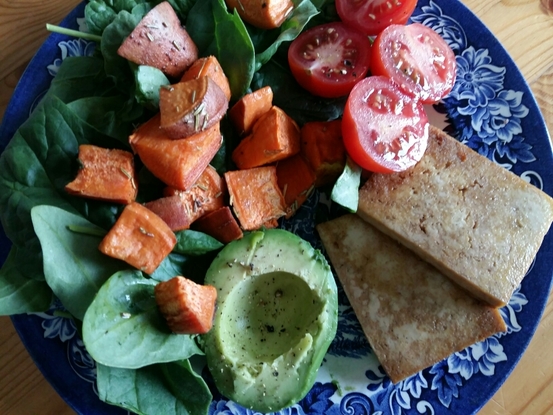
I also get the question, how much fruit? I don't like veg, can I eat all fruit?? Health Canada, doesn't outline this, but it does need some clarification. My suggestions to the general public; eat more veg than fruit. As everyone is so different in their needs, adherement, and preferences, all I say is eat more veggies than fruit unless you have a specific health concern that would dictate a low glycemic diet or if you need to avoid polysaccharides in cases of SIBO, Crohn's or IBD.
Fruit is full of beneficial nutrients, and when eaten in conjunction with a well balanced, whole foods diet, doesn't need to be that restricted. The amount of fructose absorbed in the body from fruit is negligible when compared with the amounts absorbed from added sugars like HFCS in processed foods.
So the simplest suggestion while discovering your best path to optimal health and wellness is make sure half your plate is filled with colourful veggies at every meal including breakfast. The rest of your plate should consist of healthy whole grains and pulses, protein, and a small amount of natural fats. Keep fresh fruits to snack on, and practice gratitude for the abundance the earth offers in it's pure and natural state.
Don't just survive, thrive!
References;
1) Stats Canada Fruits and Vegetable Consumption 2012
http://www.statcan.gc.ca/pub/82-625-x/2013001/article/11837-eng.htm
